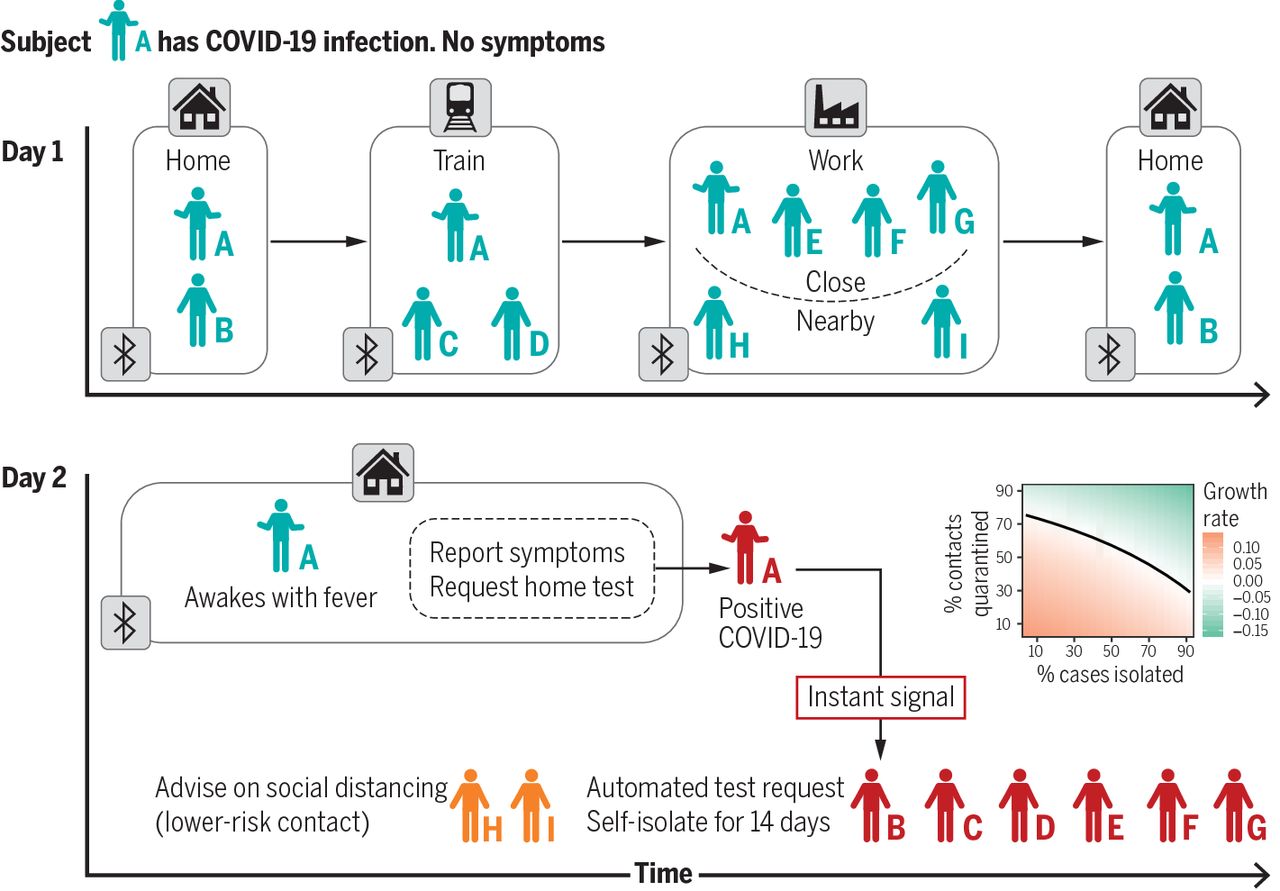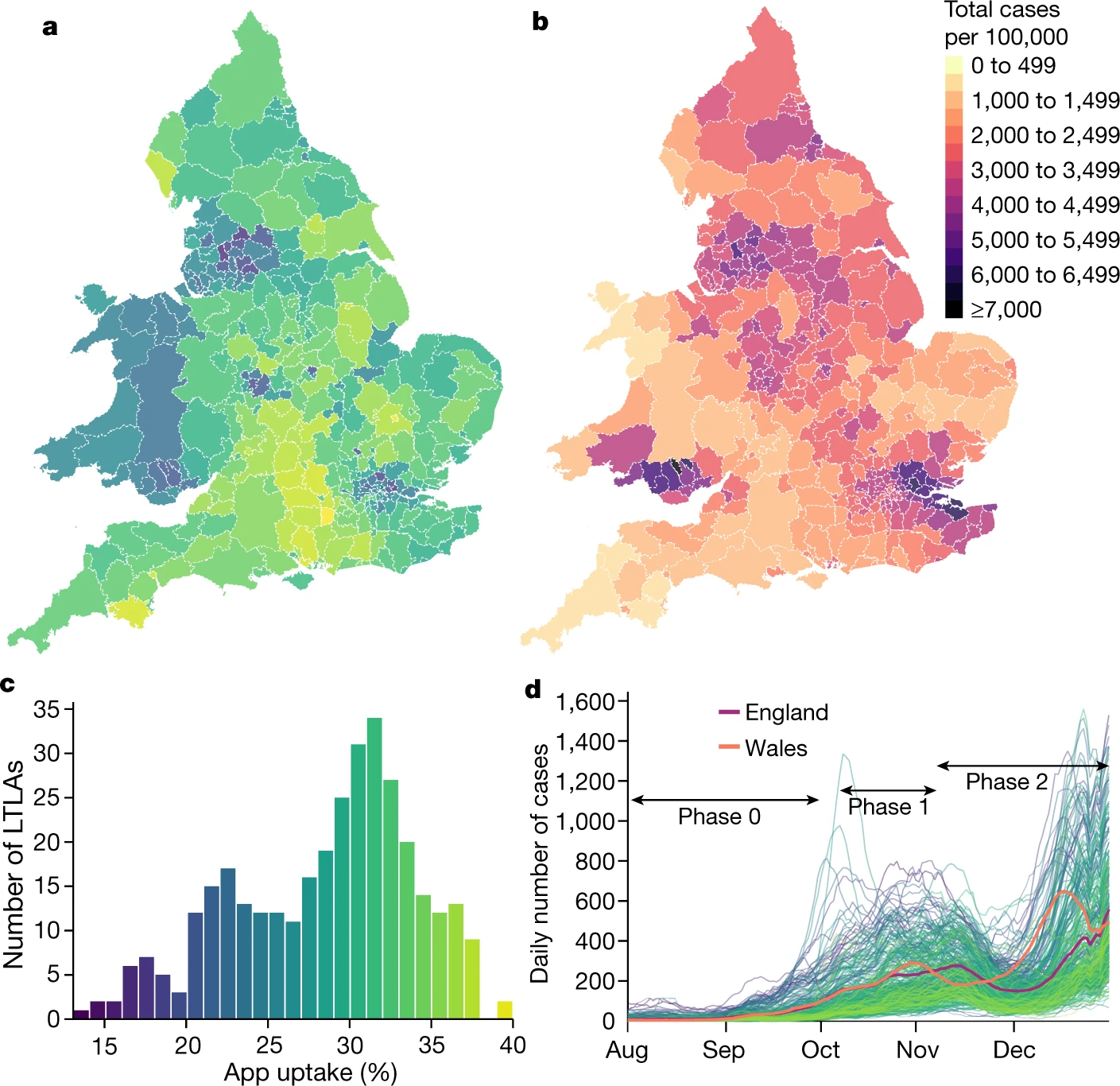Selected preprints
Unfortunately, complex data access agreements and approval processes often prevent some of our publications from being preprinted.
Please get in touch if you are interested in ongoing work not listed here.
- F Di Lauro and L Ferretti,
"Preferential attachment and power-law degree distributions in heterogeneous multilayer hypergraphs",
http://arxiv.org/abs/2505.18068
Preferential attachment is the most popular mechanism to explain scale-free degree distributions in growing networs.
However, realistic network models should also include complex connectivity structures
and different types of heterogeneity, such as multiple node types, multiple layers, and hyperlinks with multiple orders (hypergraphs).
Here we study arbitrarily complex network models growing by a linear preferential attachment mechanism.
We show how all these models have a multi-power-law hyperdegree distribution.
For generic connectivity structures, the exponent of the power-law distribution is universal
for all layers and all orders of hyperlinks, and it depends exclusively on the type of node.
- L Ferretti, T Golubchik, F Di Lauro, M Ghafari, J Villabona-Arenas, KE Atkins, C Fraser and M Hall,
"Biased estimates of phylogenetic branch lengths resulting from the discretised Gamma model of site rate heterogeneity",
https://www.biorxiv.org/content/10.1101/2024.08.01.606208v1
For the last 3 decades, the standard model for phylogenetics has included the Gamma4 model of site heterogeneity.
We show that this model has a fundamental issue of bias in branch lengths, and
that the inferred length of a branch increases with the number of tips present in other parts of the tree.
The problem originates from the equally sized rate classes.
We recommend that the use of Gamma4 and other models based on equal rate classes be discontinued.
Selected recent publications
- M Kraemer, JL-H Tsui, SY Chang, S Lytras, MP Khurana, S Vanderslott, S Bajaj,
N Scheidwasser, JL Curran-Sebastian, E Semenova, M Zhang, HJT Unwin, OJ Watson,
C Mills, A Dasgupta, L Ferretti, SV Scarpino, E Koua, O Morgan, H Tegally, U Paquet,
L Moutsianas, C Fraser, NM Ferguson, EJ Topol, DA Duchene, T Stadler, P Kingori,
MJ Parker, F Dominici, N Shadbolt, MA Suchard, O Ratmann, S Flaxman, EC Holmes,
MG Rodriguez, B Scholkopf, CA Donnelly, OG Pybus, S Cauchemez* and S Bhatt*,
“Artificial Intelligence for Modelling Infectious Disease Epidemics”,
Nature 638, 623–635 (2025).
Perspective on the potential applications of AI to infectious diseases.
- M Kendall*, L Ferretti*, C Wymant, D Tsallis, J Petrie, A Di Francia,
F Di Lauro, L Abeler-Dorner, H Manley, J Panovska-Griffiths, A Ledda, X Didelot and
C Fraser, “Drivers of epidemic dynamics in real time from daily digital COVID-19
measurements”, Science 385, eadm8103 (2024).
Unprecedented epidemic monitoring of transmissions during Euro 2021 and other events.
Featured on the cover of Science.
- B Singer*, A Di Nardo*, J Hein and L Ferretti, “Comparing phylogeographies to reveal
incompatible geographical histories within genomes”,
Molecular Biology and Evolution 41,
7 msae126 (2024)
First proposal of measures of incompatibility/distance between phylogeographies.
- L Ferretti*, C Wymant*, J Petrie, D Tsallis, M Kendall, A Ledda, F Di Lauro,
A Fowler,
A Di Francia, J Panovska-Griffiths, L Abeler-Dorner, M Charalambides, M Briers and C Fraser,
“Digital measurement of SARS-CoV-2 transmission risk from 7 million contacts”,
Nature 626 (7997), 145–150 (2024).
First high-resolution analysis of COVID-19 transmissions vs duration/proximity.
Key paper for precision epidemiology of respiratory pathogens.

